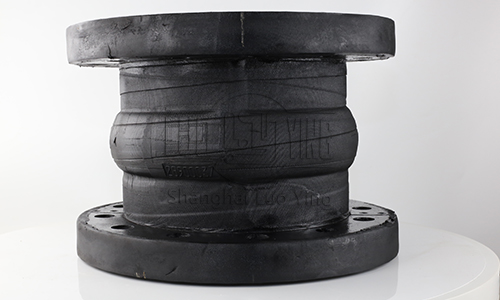Code of Practice for Winding Rubber Joints.
Jul-23-25
Code of Practice for Winding Rubber Joints.Winding rubber joints play a crucial role in various industries, providing flexibility and vibration isolation in piping systems. However, their performance and durability largely depend on proper installation and maintenance. This article outlines a code of practice for winding rubber joints to ensure their optimal operation and longevity.
First and foremost, it is important to select the appropriate type and size of rubber joint for the application. Consider factors such as temperature, pressure, fluid compatibility, and movement requirements. Consult with manufacturers or suppliers to ensure the correct specification.
Before installation, inspect the rubber joint for any signs of damage or defects. Look for cuts, tears, bulges, or excessive wear. If any issues are detected, replace the joint immediately. Inspect the flanges for corrosion, pitting, or other damage that may affect the joint's sealing ability.

During installation, avoid excessive torque on the bolts, as it can damage the rubber material or compromise the joint's integrity. Tighten the bolts gradually and evenly, using a crisscross pattern to distribute the load uniformly. Consult the manufacturer's torque specifications for the specific joint type and size.
Regular inspection and maintenance are essential for the longevity of winding rubber joints. Inspect the joints periodically for signs of leakage, movement, or degradation. Look for any visible cracks, deterioration of the rubber material, or loosening of bolts. Address any issues promptly to prevent further damage.
Regular cleaning is also important to remove debris and contaminants that can accelerate wear and reduce the joint's performance. Use mild detergent and water to clean the joint surfaces, avoiding abrasive materials or harsh chemicals that can damage the rubber.
In corrosive environments or applications with high temperatures, consider the use of protective coatings or thermal insulators to enhance the joint's resistance to degradation. Consult with specialists or manufacturers to identify the most suitable options for your specific conditions.

